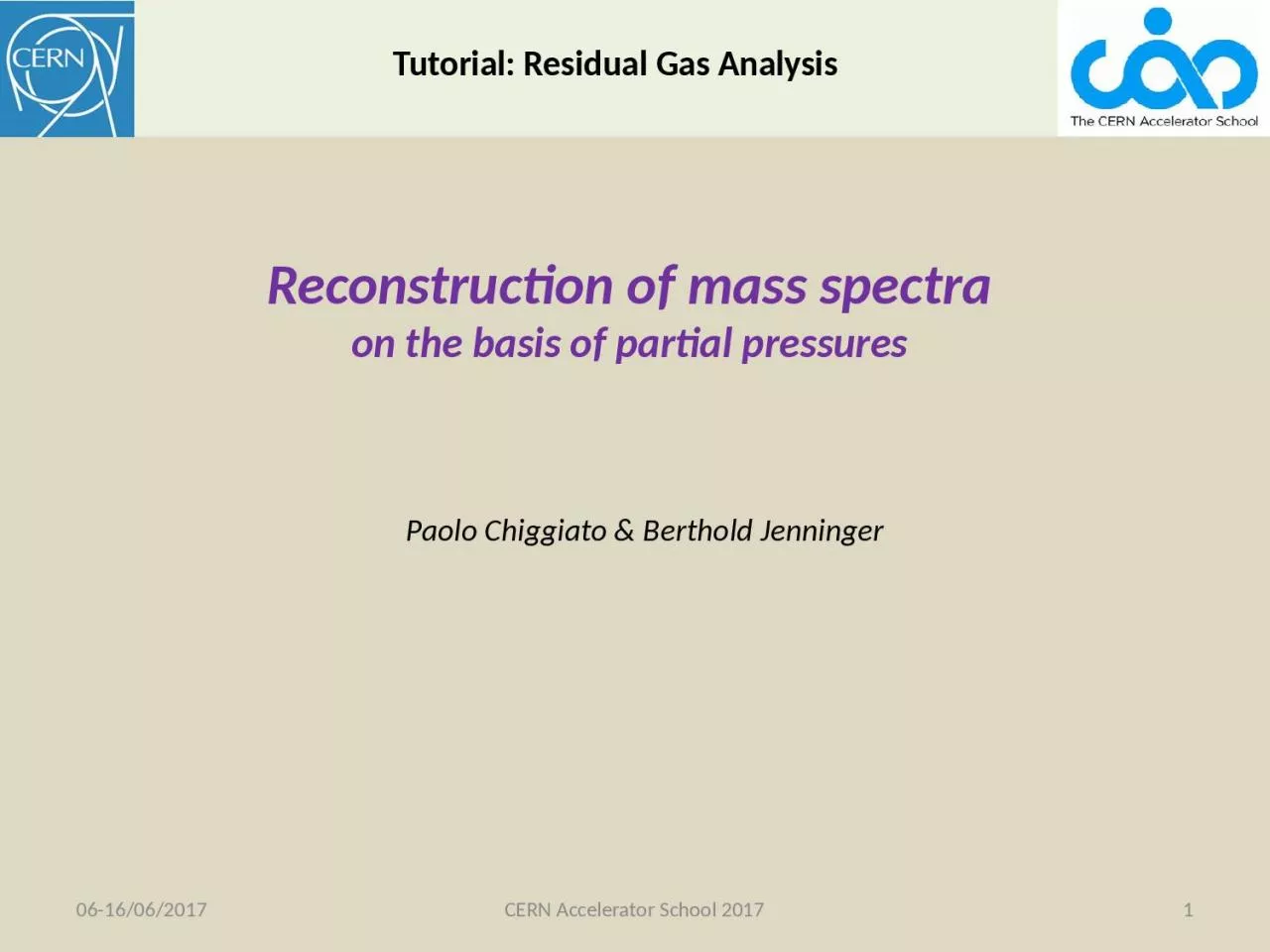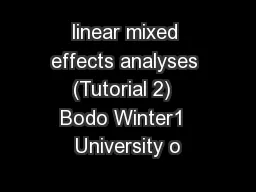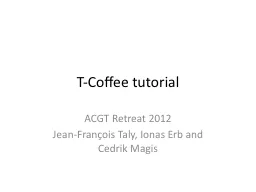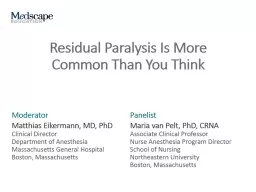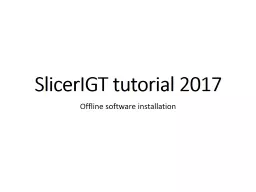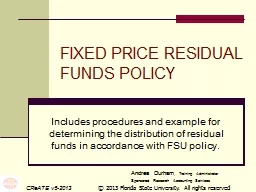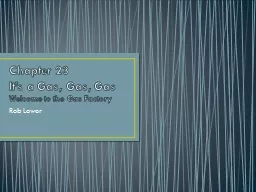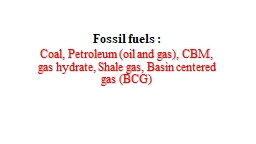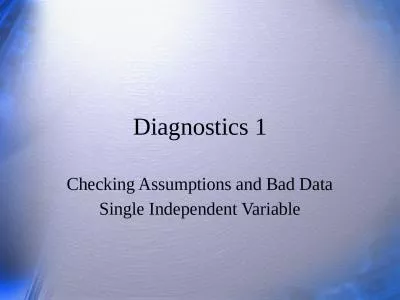PPT-Tutorial: Residual Gas Analysis
Author : kimberly | Published Date : 2023-10-30
Reconstruction of mass spectra on the basis of partial pressures Paolo Chiggiato amp Berthold Jenninger 0616062017 CERN Accelerator School 2017 1 Tutorial Residual
Presentation Embed Code
Download Presentation
Download Presentation The PPT/PDF document "Tutorial: Residual Gas Analysis" is the property of its rightful owner. Permission is granted to download and print the materials on this website for personal, non-commercial use only, and to display it on your personal computer provided you do not modify the materials and that you retain all copyright notices contained in the materials. By downloading content from our website, you accept the terms of this agreement.
Tutorial: Residual Gas Analysis: Transcript
Download Rules Of Document
"Tutorial: Residual Gas Analysis"The content belongs to its owner. You may download and print it for personal use, without modification, and keep all copyright notices. By downloading, you agree to these terms.
Related Documents

